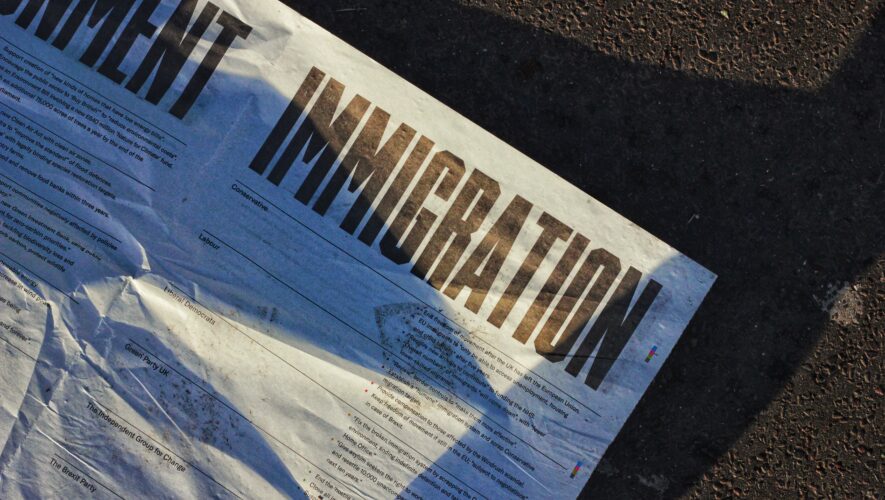Canadians seeking extensions may experience lengthy delay
The preferential status accorded Canadians in the renewal of “Blanket L” work permits in the United States appears to have ended abruptly.
U.S. Blanket L petitions allow large multinationals to obtain blanket approval for temporary intracompany cross-border transfers for their employees.
“For over 20 years, Canadians seeking Blanket L work permits or work permit extensions have been able to apply for extensions at ports of entry along the border or at pre-clearance locations at Canadian airports,” says Yusra Siddiquee, an immigration lawyer in Littler LLP’s Toronto office. “But U.S. Customs and Border Protection is now taking the position that applications for extension must be filed with U.S. Citizenship and Immigration Services within the U.S. or at a U.S. consulate.”
The relaxed procedure, available only to Canadians under NAFTA regulations, saved some three months in processing time and avoided the US$1,400 fee payable to reduce that wait to two weeks.
“Canadians simply had to show up at a port of entry, show their passport, their boarding pass and their work permit and have the extension adjudicated on the spot or at least the same day,” Siddiquee says. “But earlier this year, out of the blue and without any policy change announcement, CBP officers have been taking the position that extensions can’t be done at ports of entry, and that CBP will only process initial applications for Blanket L admissions.”
The original policy finds its origins in NAFTA regulations, which state that a Blanket L filing can be made at ports of entry.
“Now CBP is saying that the NAFTA regulations have been misinterpreted in the past and that Blanket L renewal petitions are ‘extensions’ as defined by the Immigration and Nationality Act, which governs applications for readmissions to extend authorized stays in the U.S.”
But Siddiquee says that the new interpretation doesn’t make sense, because the INA regulations expressly distinguish between “extension of stay” and “extension of petition validity.” Also, extensions of stay must be submitted when the applicant is “physically present” in the U.S., which is not the case when a Blanket L employee applies for an extension from a port of entry.
Siddiquee also points out that most Blanket L employees allow their work permits to expire before seeking extensions.
“So technically they’re not asking for extensions, they’re asking for new work permits,” she says. “But CBP is saying that the expiration of the old work permit is irrelevant.”
The practical implications of the policy change are staggering.
“There’s an eight-week wait for an appointment with a U.S. consulate followed by three hours in the waiting room and the requirement to leave your passport with them for a week, during which time the applicant can’t travel anywhere,” Siddiquee says.
There are a few border crossings, however, at which CBP officers have stuck with the old policy. Among them are the Pembina-Emerson crossing from Manitoba and one port of entry in Quebec which, according to Siddiquee, “doesn’t want to be named.”
“Toronto Pearson, however, which is usually the most generous of ports of entry, is applying the new policy,” Siddiquee says.
Absent access to these outlets, Littler is advising its clients to delay trips to the U.S. to whatever extent possible.
“If you’re a multinational with 50 or 60 employees going over [the U.S. border], paying US$1,400 a head for 50 or 60 employees isn’t cheap,” she says.
Still, the situation isn’t likely to be resolved soon.
“The American Immigration Lawyers Association are trying to work with CBP to resolve the issue,” Siddiquee says. “But it’s not going to get a lot of bandwagon because it only applies to Canadians and not other foreigners.”
